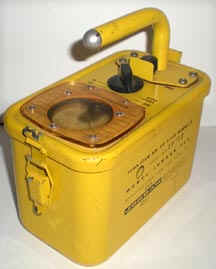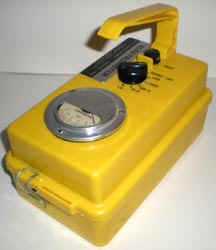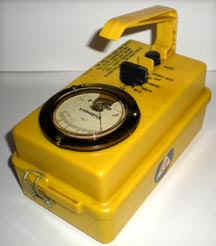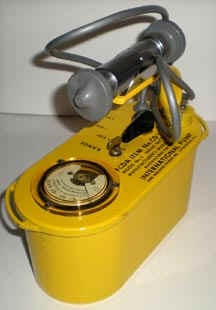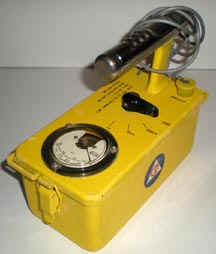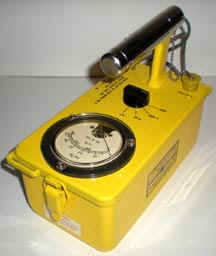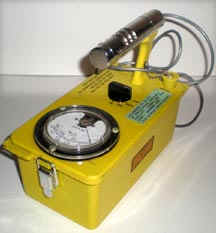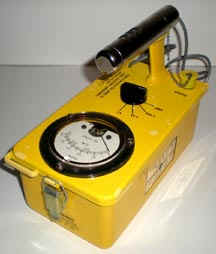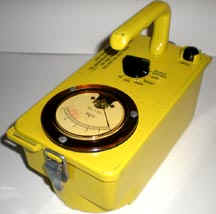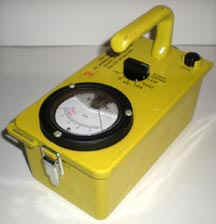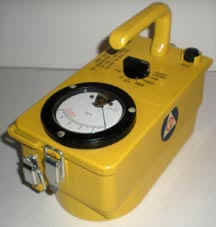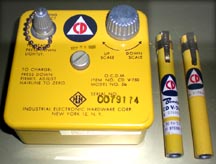|
A
Look Back in Time
In today’s post 911 world the older among
us remember when the threat to the country was not to any area of
the country at a time but to the entire country at once.
Today even if terrorists succeeded in detonating an atomic
weapon or dirty bomb, this would result in casualties only within
the weapon’s lethal radius. As awful as this
is, we must remember that during the height of the cold war a
nuclear exchange between the U. S. and the U. S. S. R. would have
killed most higher life forms on the earth. Even
with an accidental limited nuclear exchange the casualty rate would
have been horrendous. Those killed in the initial
blast would only be the beginning of the carnage. The
radioactive fallout from these weapons would kill many more than the
initial blast. To mitigate the casualties from
nuclear fallout, the government put into place a civil defense plan
in the 50s that included radiological survey meters to detect this
invisible menace and trained personnel and provided temporary
shelters so more people could survive. Booklets
were distributed to the public to inform them of these efforts and
the public was encouraged to build shelters and stock materials.
Radiological
Survey Meters
President Truman signed the legislation
that created our modern civil defense program on January 12, 1951.
Early attempts to get the states to acquire radiological
measurement instruments by the Federal Civil Defense Administration
(FCDA) was a failure so instruments were purchased and loaned to the
states for personnel training but when these were returned most
states still did not purchase their own instruments.
It was not until 1960 that the Federal Government issued grants to
the states for 100,000 radiation monitoring stations (later
150,000). The following meters were approved:
CDV 700 ~ low range meter 0-50
mr/hr.
CDV 710 ~ high range meter 0-50 R/hr.
CDV 715 ~ high range meter 0-500 R/hr.
CDV 720 ~ high range meter 0-500 R/hr. with beta particle detection
capabilities.
CDV 717 ~ high range meter 0-500 R/hr. with a remote sensor and 20
ft. of cable.
CDV ~ 730 CDV ~ 740 CDV ~ 742
wearable personal dosemeters.
CDV ~ 750 dosemeter charger
The CDV ~ 710s and early CDV ~ 720s were decommissioned (disposition
process) by the government in the early 60s.
The earlier
meters used vacuum tubes and had "B" batteries. This
made them obsolete when transistor models could use just
"D" cells. The late 720s and the 715 and 717 used a
vacuum tube but had a transistor power supply that supplied the
plate voltage.
Click on the meters on
the left for details on that meter and to get more pictures and
schematics and copies of the owners manual.
|
